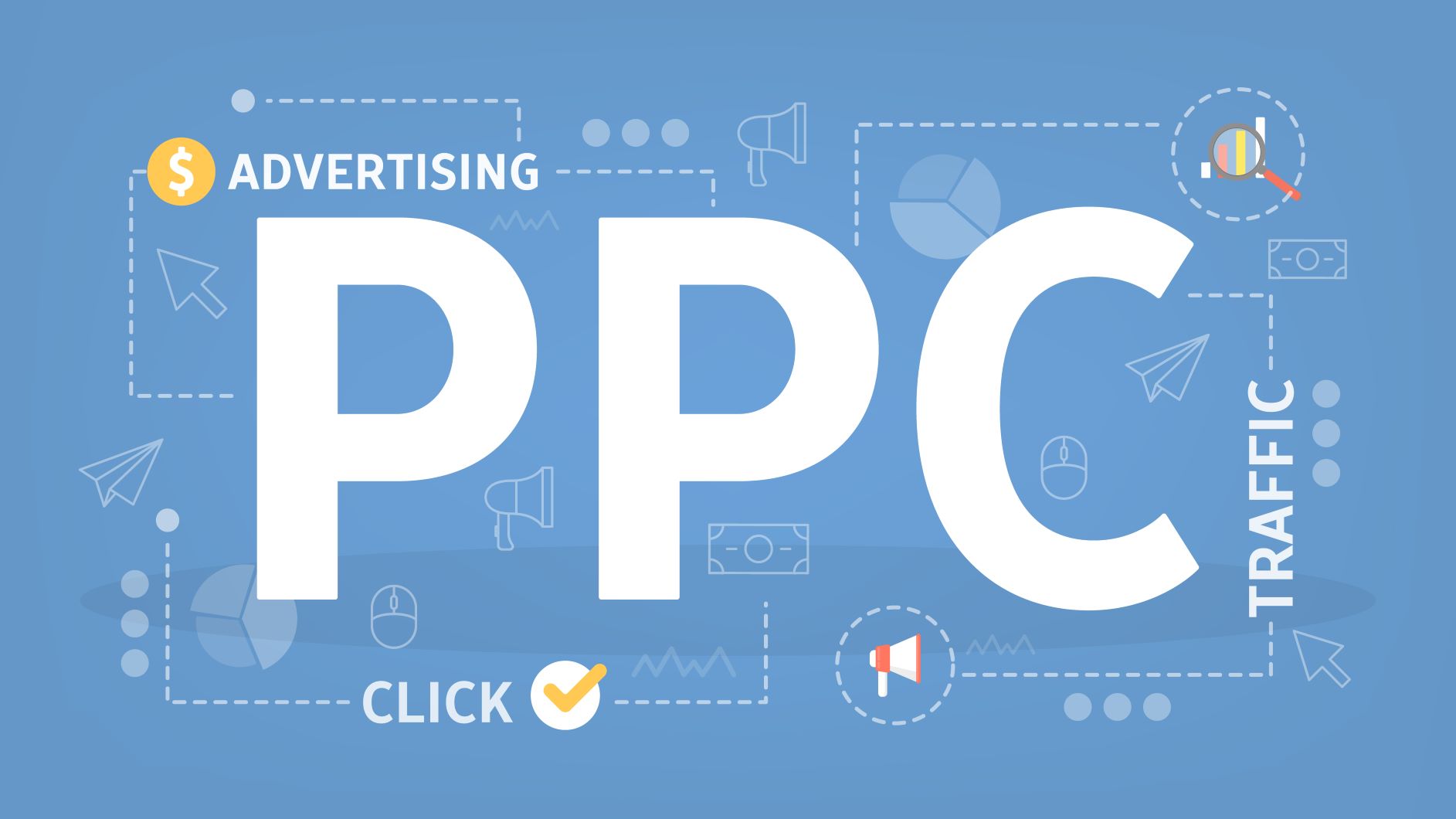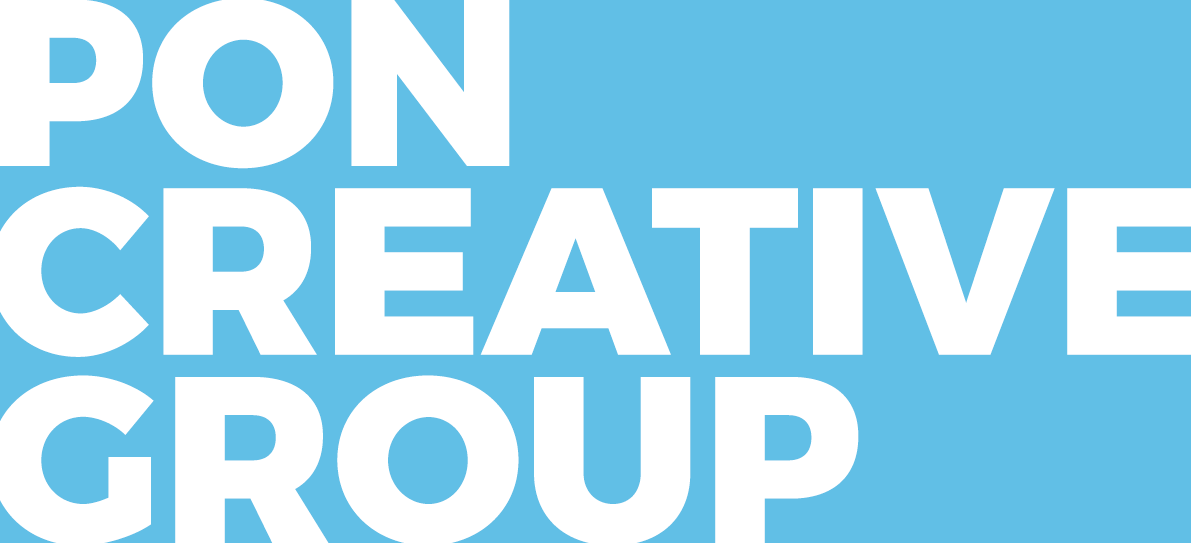
Pay Per Click (PPC) advertising has become an essential component of businesses’ online marketing strategies. This form of digital advertising allows companies to display their ads on search engine results pages, social media platforms, and other websites, with the advertiser only paying when a user clicks on the ad. The primary goal of PPC is to drive targeted traffic to a website or landing page, ultimately converting users into customers. To achieve success in this competitive landscape, it’s crucial for marketers to understand the ins and outs of pay per click advertising.
Before diving into the world of PPC, it’s vital to set clear goals and objectives for your campaigns. These may include increasing brand awareness, generating leads, driving sales, or simply boosting website traffic. Once you’ve determined what you want to accomplish, ensure that your goals align with your overall business strategy and are measurable. For instance, if your objective is to produce more leads through a specific campaign, decide on a target number of leads within a given timeframe. Establishing goals from the outset will help guide your campaign structure and enable you to determine its effectiveness later on.
To create successful PPC campaigns, selecting the right platform is crucial. Google Ads is by far the most popular option due to its extensive reach across millions of websites and apps in the Google Display Network (GDN). Bing Ads follows closely behind as another viable choice for advertisers looking to reach Microsoft-owned platforms such as Yahoo Search and MSN.com. Facebook Ads Manager also offers robust targeting capabilities that make it an attractive option for businesses seeking exposure on social media channels like Instagram and Messenger. Whichever platform you choose should depend upon factors such as your target audience demographics, budget limitations, industry competition levels, and desired ad formats.
Keyword research is another critical aspect of any effective PPC campaign. By understanding which keywords are relevant to your products or services and have high search volumes with low competition rates can significantly improve your chances of success in attracting the right audience. Long-tail keywords, which consist of three or more words, are often less competitive and can provide a lower cost per click (CPC) while still reaching a targeted user base. Utilize tools such as Google Keyword Planner, SEMrush, and Ahrefs to uncover valuable keyword opportunities that align with your campaign objectives.
After identifying the appropriate platform and conducting thorough keyword research, it’s time to create compelling ad copy that resonates with your target audience. High-quality ad copy should be concise yet informative, conveying the unique selling points of your product or service in an enticing manner. Including strong calls-to-action (CTAs) like “Buy Now,” “Learn More,” or “Sign Up” encourages users to take immediate action upon viewing your advertisement. Furthermore, incorporating relevant keywords within your ads can improve their visibility on search engine results pages (SERPs), as search engines will deem them more relevant to user queries.
A well-structured PPC account is essential for effective campaign management and optimization. Organizing campaigns into distinct ad groups based on themes or products allows for greater control over targeting settings and bidding strategies. Within each ad group, ensure there are multiple ads with varying headlines and descriptions for testing purposes; this process is known as A/B testing. By continually monitoring the performance of different ads within an ad group, you can adjust bids accordingly to favor higher-performing variations and pause those that underperform – ultimately improving overall return on investment (ROI).
Monitoring and optimizing your PPC campaigns is crucial to maximizing your advertising budget and achieving desired results. Regularly analyze key performance indicators (KPIs) such as CPC, click-through rate (CTR), conversion rate, and ROI to identify areas where improvements can be made. Continuous testing of new keywords, bid adjustments, targeting options, and ad copy variations will help maintain a healthy account balance while steadily enhancing performance over time.
In summary, creating successful pay per click advertising campaigns requires a comprehensive understanding of PPC fundamentals, including goal-setting, platform selection, keyword research, ad copy creation, account structure, and ongoing optimization. By investing time and resources into mastering these essential components of digital marketing, businesses can reap the benefits of increased visibility, targeted traffic generation, and ultimately – higher conversions and revenue growth. With the competitive nature of online advertising constantly evolving, staying informed about industry trends and best practices will help ensure your company’s continued success in the realm of PPC.
Pay per click (PPC) advertising has become an indispensable tool for businesses looking to increase their online visibility and drive targeted traffic to their websites. As a digital marketing strategy, PPC allows advertisers to bid on specific keywords related to their products or services, thereby displaying their ads whenever users search for those terms. The advertiser only pays when the ad is clicked, hence the name pay per click. This cost-effective approach ensures that your marketing budget is spent wisely while attracting potential customers who are actively searching for what you have to offer.
The first step in creating a successful pay per click advertising campaign is establishing clear goals and objectives. By defining your desired outcomes, such as increased website traffic, lead generation, or sales conversions, you can better tailor your PPC efforts to achieve these targets. Setting realistic expectations from the outset will also help you measure the effectiveness of your campaigns over time and make necessary adjustments along the way.
Once you’ve identified your goals, it’s crucial to select the right platform for your PPC campaigns. Google Ads and Bing Ads are two of the most popular choices among advertisers due to their extensive reach and user-friendly interfaces. Both platforms provide advanced targeting options and comprehensive reporting features that allow you to monitor campaign performance closely. However, each platform has its unique strengths and weaknesses; therefore, it’s essential to choose one that aligns with your business needs and target audience preferences.
Conducting thorough keyword research is another critical aspect of developing an effective PPC strategy. By identifying relevant keywords that accurately represent your offerings and have high search volume but low competition, you can create ads that cater specifically to users’ needs and interests. Tools like Google Keyword Planner, SEMrush, or Ahrefs can help you discover potential keyword opportunities based on search trends and competitor analysis.
Crafting compelling ad copy is equally important in ensuring the success of your pay per click advertising campaigns. Your ad copy should be persuasive enough to entice users to click while accurately conveying the benefits of your product or service. Including a strong call-to-action (CTA) that encourages users to take immediate action is also essential in driving conversions. Moreover, by incorporating relevant keywords into your ad copy, you can enhance its relevance and increase the likelihood of appearing higher in search engine results pages (SERPs).
Organizing your PPC account structure effectively is vital for managing campaigns efficiently and maximizing return on investment (ROI). A well-structured account consists of separate campaigns for different products or services, with each campaign further divided into distinct ad groups containing closely related keywords. This granular approach allows you to create highly targeted ads tailored to specific user intents, improving click-through rates (CTR), and lowering costs per click (CPC).
Ongoing optimization is the key to maintaining healthy account performance and achieving long-term success with pay per click advertising. Regularly monitoring campaign data such as CTR, CPC, conversion rates, and quality scores will enable you to identify areas for improvement and make informed decisions when adjusting bids, targeting settings, or ad copy. Additionally, exploring advanced strategies like remarketing, ad extensions, bid adjustments based on device or time of day, and testing new keyword variations can help maintain a healthy account balance while steadily enhancing performance over time.
In summary, creating successful pay per click advertising campaigns requires a comprehensive understanding of PPC fundamentals, including goal-setting, platform selection, keyword research, ad copy creation, account structure, and ongoing optimization. By investing time and resources into mastering these essential components of digital marketing businesses can reap the benefits of increased visibility, targeted traffic generation, and ultimately – higher conversions and revenue growth. With the competitive nature of online advertising constantly evolving staying informed about industry trends and best practices will help ensure your company’s continued success in the realm of PPC.
